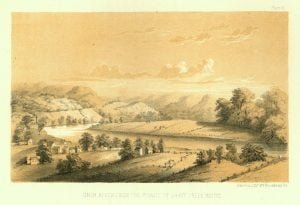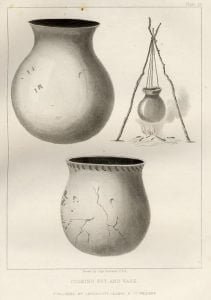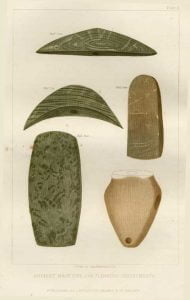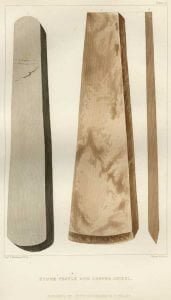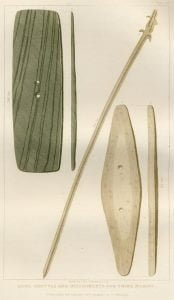History of the Muskogee Indians
History of the Muskogee Indians: The following traditions and opinions of their origin, early history, and customs, are from the lips of Se-ko-pe-chi, (Perseverance) one of the oldest Creeks, now living in their new location west of the Mississippi. They were taken down from his narration, by Mr. D. W. Eakins, who was for some time a resident of the territory now occupied by them west of the state of Arkansas, and have been communicated in reply to the printed inquiries issued in 1847, respecting the History, Present Condition, and Future Prospects of the Indian Tribes of the United States.

